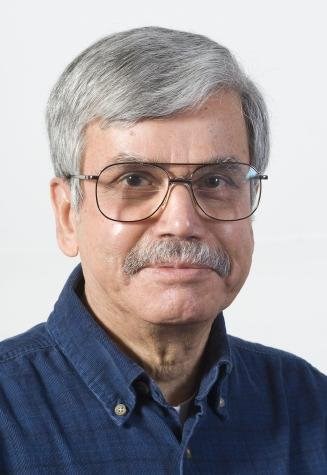 We were carrying on with our lives in our usual ways, when all of a sudden, this mega-blast hit us; sort of like a hundred-foot tsunami that no one saw coming. And we all found ourselves gasping for air.
We were carrying on with our lives in our usual ways, when all of a sudden, this mega-blast hit us; sort of like a hundred-foot tsunami that no one saw coming. And we all found ourselves gasping for air.
It is not as if we hadn’t been warned about such a tsunami. But we humans have a tendency to ignore, sometimes consciously, what is very negative or extremely bleak. So, it is classified as once in a century and put away in some closet.
Initially, we reacted with anxiety, fear, uncertainty, and helplessness. Fortunately for us, while we felt completely lost, the medical establishment jumped into action, and based on their vast knowledge of epidemiology and past pandemics, they devised and recommended actions to be taken – by the governments, by institutions, by industries, by businesses, by individuals, and most importantly by the health care institutions. Governments established processes and rules, and supplied unimaginable amounts of money to create bridges across the huge chasms created by shuttered businesses and industries. Actions of most government leaders across the globe have been commendable.
We are crossing these deep and broad chasms, with no idea what is below us, or where the bridge ends, or even what is at the end of the bridge. It is as if the bridge is surrounded by fog – below, in front ahead, and above. We don’t even know how strong the bridge is, or whether there are cracks or weaknesses in the pavement below our feet. We are walking, inexorably, one step at a time, one day at a time, with only hope in our hearts, and prayer on our lips. And trust in our leaders.
That we are doing this slow march, with faith that we will reach the other end, even though that is not visible, indicates our collective strength, hopefulness and optimism. And our trust in the established systems – financial, political, commercial, social. Without that trust, we would not be able to take control of our fears and anxieties about the future.
One of our biggest enemies is despair and hopelessness. We have not reached that state – in fact, it is not even evident during this horrific pandemic. And that is good.
Even in the pandemic’s hotspots where the situation seemed totally out of control, the healthcare workers did not reach a state of despair or hopelessness. They did not throw up their hands or give up. Quite the opposite. In spite of fear for their own and their families’ safety, and despite crushing exhaustion, they gave so much, to save lives and tend to the sick. They are more than heroes; they are like the divine figures in mythology that descend from the heavens to rescue helpless earthlings.
Someday, we may want to build monuments for these godlike individuals.
Despair or hopelessness can lead to social unrest. It can lead to social breakdown. It can lead to chaos and conflagration.
Examples of despair and its consequences are found in refugee camps or concentrated pockets of slum dwellers, whether in poor countries or rich countries (Of course in rich countries, we don’t call them slums, we call them ghettos or disadvantaged areas). What keeps the bare thread of hope and sanity in refugee camps is the aid brought in by charitable organizations.
At the slightest sign of despair or hopelessness, it is the duty of spiritual leaders, religious leaders, social leaders and leaders of nations to jump into action, and through powerful words of encouragement and support, guide people within their spheres of influence to pull up courage, to value our interdependence and to help each other in whatever way we can.
 Suresh Basrur practises the Hindu faith, participates in inter-faith activities in Victoria, and speaks to audiences about Hindu religion, philosophy and practices.
Suresh Basrur practises the Hindu faith, participates in inter-faith activities in Victoria, and speaks to audiences about Hindu religion, philosophy and practices.
You can read more articles on our interfaith blog, Spiritually Speaking, HERE
Photo by Marc-Olivier Jodoin on Unsplash


